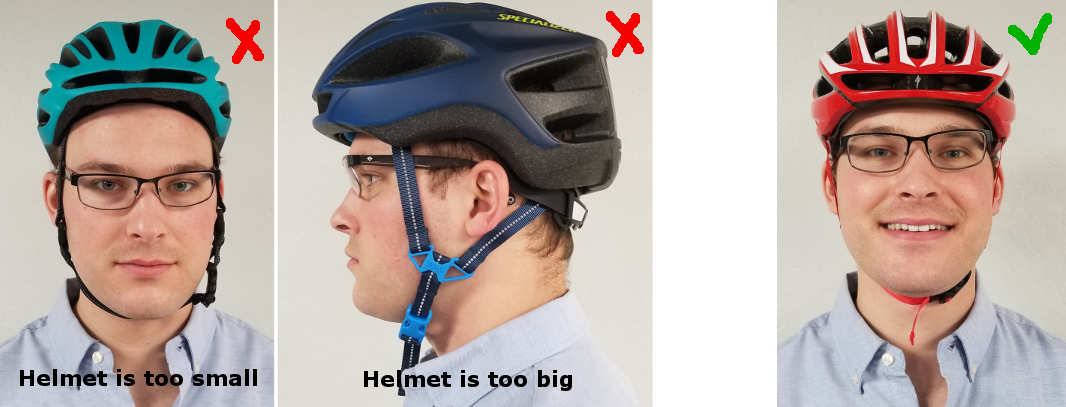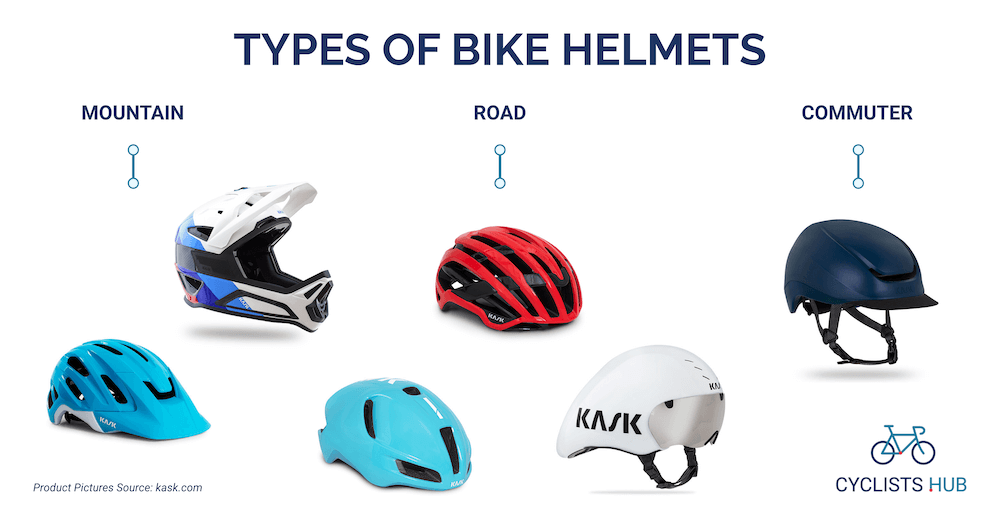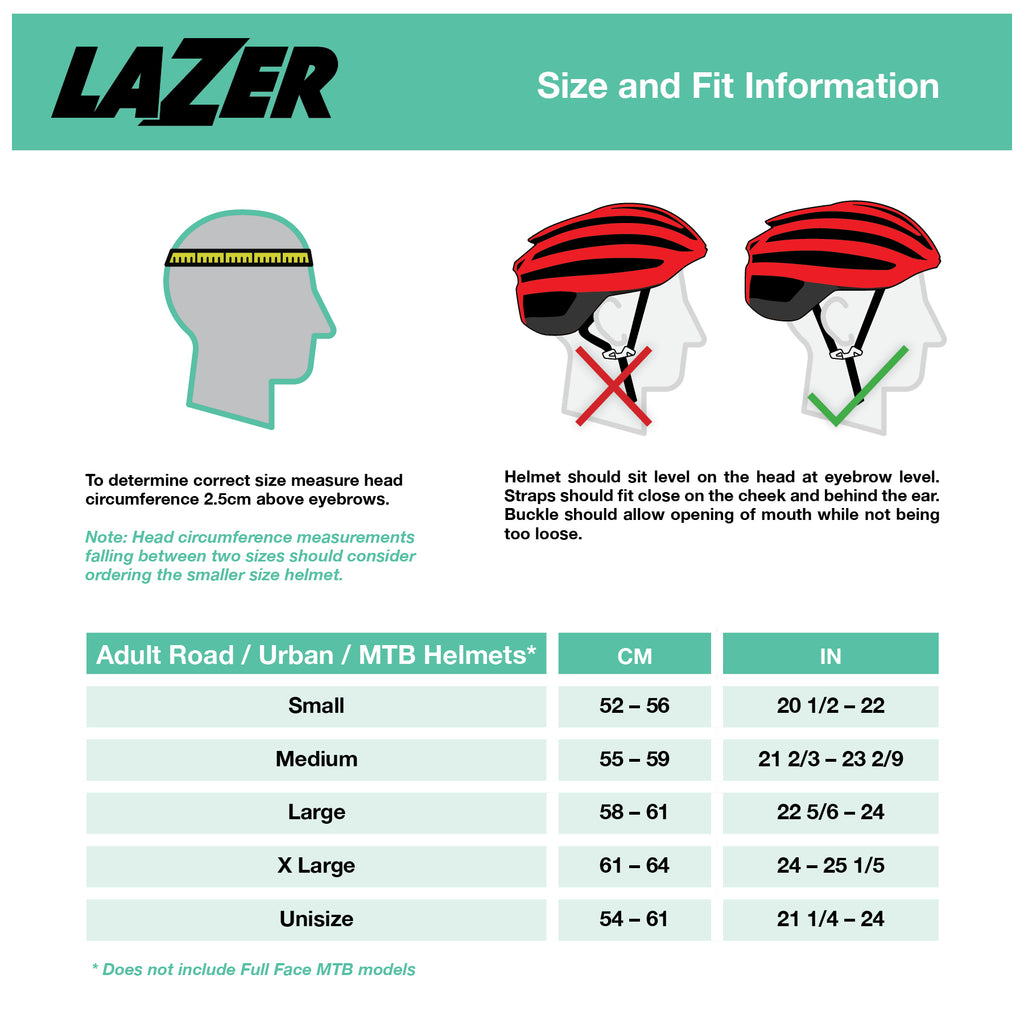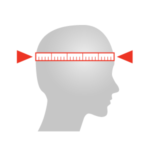Choose a bike helmet that fits snugly and meets safety standards. Ensure it suits your riding style and preferences.
A well-fitting bike helmet is crucial for safety. Always measure your head circumference to find the right size. Check for helmets that comply with safety certifications such as CPSC, ASTM, or Snell. These certifications ensure the helmet meets specific impact standards.
Helmets come in various styles like road, mountain, and commuter, each designed for different riding conditions. Look for features like ventilation, adjustable straps, and comfortable padding. Try on several helmets to find one that feels secure and comfortable. Remember, a good helmet enhances your safety and confidence while riding. Prioritize quality over aesthetics to ensure maximum protection.

Credit: smf.org
Importance Of A Good Helmet
A good helmet can save your life. It protects your head from serious injuries. Choosing the right helmet is crucial for your safety. This section explains why a quality helmet matters.
Protecting Your Head
Your head is delicate and needs protection. Helmets absorb impact during crashes. They reduce the force on your skull. This helps in preventing severe head injuries.
Helmets have a hard shell and a soft lining. The hard shell spreads out the force. The soft lining cushions your head. This combination offers maximum protection.
Reducing Injury Risk
Wearing a helmet reduces the risk of head injuries. Studies show helmets lower head injury risk by up to 85%. Injuries can be minor or severe. A helmet can make a big difference.
Here are some benefits of wearing a helmet:
- Protects your brain from trauma.
- Reduces the severity of injuries.
- Increases your visibility to other road users.
Choose a helmet that fits well. It should be snug but not tight. Make sure it is certified for safety standards. Your safety depends on it.

Credit: www.youtube.com
Helmet Types
Choosing the right bike helmet is crucial for your safety. There are different types of helmets designed for specific riding styles. Let’s explore the main types of helmets: Road Helmets, Mountain Helmets, and Commuter Helmets.
Road Helmets
Road helmets are designed for speed and aerodynamics. They have a sleek shape and multiple ventilation holes. This helps keep your head cool during long rides. Road helmets are lightweight, making them comfortable for long-distance cycling.
- Key Features:
- Lightweight construction
- Many ventilation holes
- Aerodynamic design
Mountain Helmets
Mountain helmets are built for rough terrains. They offer more coverage and protection. Mountain helmets often include visors to shield your eyes from the sun. These helmets are sturdier and have fewer ventilation holes.
- Key Features:
- Extra coverage for safety
- Visors for sun protection
- Sturdy construction
Commuter Helmets
Commuter helmets are perfect for daily use. They combine features of both road and mountain helmets. These helmets often have built-in lights for visibility. Commuter helmets focus on comfort and practicality.
- Key Features:
- Built-in lights for safety
- Comfortable fit
- Good ventilation
Fit And Comfort
Choosing the right bike helmet is crucial for your safety. One of the most important aspects to consider is Fit and Comfort. A well-fitted helmet not only protects your head but also ensures a comfortable ride. This section will guide you through finding the perfect fit and the features to look for in a helmet.
Sizing Guide
Getting the correct helmet size is the first step. To measure your head size, follow these steps:
- Use a soft measuring tape.
- Wrap it around your head, about 1 inch above your eyebrows.
- Note the measurement in centimeters.
Match your head measurement with the helmet size chart below:
| Head Circumference (cm) | Helmet Size |
|---|---|
| 50-54 cm | Small |
| 54-58 cm | Medium |
| 58-62 cm | Large |
Adjustable Features
Modern helmets come with various adjustable features to enhance comfort:
- Retention System: A dial or strap at the back to tighten the fit.
- Strap Adjustments: Ensure the straps form a “V” under your ears.
- Pads: Removable and washable pads for a snug fit.
These features help you customize the helmet to your head shape. Always ensure the helmet sits level on your head, covering the forehead.
Safety Standards
Choosing the right bike helmet is crucial for your safety. Safety standards ensure that your helmet offers the best protection. In this section, we will dive into the key aspects of these standards.
Certification Labels
Always check for certification labels on the helmet. These labels show that the helmet meets safety requirements.
- CPSC: The Consumer Product Safety Commission standard in the USA.
- ASTM: The American Society for Testing and Materials standard.
- EN 1078: The European standard for bike helmets.
Impact Testing
Helmets undergo impact testing to ensure they can handle a crash. This testing checks how well the helmet absorbs shock.
| Test Type | Purpose |
|---|---|
| Drop Test | Measures impact absorption. |
| Penetration Test | Checks for puncture resistance. |
| Retention System Test | Ensures the straps stay secure. |
These tests make sure your helmet gives you the best protection.
Material And Construction
Choosing the right bike helmet is crucial for your safety. The material and construction of a helmet play a significant role in its effectiveness. Here’s what you need to know about the shell materials and inner padding of bike helmets.
Shell Materials
The outer shell of a bike helmet is the first line of defense. It is usually made from hard plastic or polycarbonate. This material is lightweight yet strong. It protects your head from serious injuries.
Some helmets use fiberglass or carbon fiber. These materials are more expensive. They offer better strength and reduced weight. They are often used in high-end helmets.
| Material | Pros | Cons |
|---|---|---|
| Plastic | Affordable, Lightweight | Less durable |
| Polycarbonate | Lightweight, Durable | More expensive than plastic |
| Fiberglass | Strong, Lightweight | Expensive |
| Carbon Fiber | Very strong, Very light | Very expensive |
Inner Padding
The inner padding of a helmet adds comfort and extra protection. It is usually made from foam materials like expanded polystyrene (EPS) or expanded polypropylene (EPP).
EPS foam is common. It absorbs impact well but is not very durable. EPP foam is more flexible and durable. It can handle multiple impacts.
- EPS foam: Good impact absorption, less durable.
- EPP foam: Handles multiple impacts, more durable.
Some helmets also have moisture-wicking pads. These keep sweat away from your head. They make wearing the helmet more comfortable during long rides.
Choosing the right materials for both the shell and inner padding ensures your helmet is both effective and comfortable.
Ventilation And Aerodynamics
Choosing the right bike helmet is crucial for safety and comfort. Two important factors to consider are ventilation and aerodynamics. These elements impact your riding experience significantly.
Vent Placement
Vent placement plays a vital role in helmet ventilation. Proper vent arrangement allows air to flow through the helmet. This helps keep your head cool during rides. Look for helmets with multiple vents. This ensures maximum airflow and comfort. Some helmets feature adjustable vents. You can open or close these as needed.
| Helmet Type | Number of Vents | Vent Placement |
|---|---|---|
| Road Bike Helmet | 20-25 | Front, top, rear |
| Mountain Bike Helmet | 15-20 | Top, sides |
| Commuter Helmet | 8-12 | Top, rear |
Wind Resistance
Aerodynamics affect your riding speed and efficiency. A helmet with good aerodynamics reduces wind resistance. This makes it easier to ride faster. Look for helmets with a smooth, streamlined shape. These designs cut through the air better. Some helmets include a tail at the back. This feature further reduces drag.
- Smooth surface
- Streamlined shape
- Rear tail
Considering both ventilation and aerodynamics ensures a comfortable ride. It also enhances your performance on the bike.
Additional Features
Choosing the right bike helmet involves considering various additional features. These features enhance comfort, safety, and convenience. Let’s explore some key elements that can make your biking experience better.
Visors And Shields
Visors and shields are essential for protecting your eyes. They shield you from sun glare, rain, and debris. Some helmets come with built-in visors, while others offer detachable options. A good visor should be adjustable for different light conditions. Shields provide full-face coverage, ideal for off-road biking. Pick a helmet with a visor or shield that suits your riding style.
Lighting And Reflective Elements
Safety is crucial, especially during low-light conditions. Helmets with built-in lights or reflective elements improve visibility. Look for helmets with LED lights, which are bright and long-lasting. Reflective strips on the helmet enhance your visibility to drivers. These features are vital for night rides or cloudy days. Make sure your helmet has good lighting or reflective elements to stay safe.

Credit: www.cyclistshub.com
Maintenance And Replacement
Proper maintenance and timely replacement of your bike helmet are crucial. This ensures your helmet offers optimal protection. Learn how to clean your helmet and when to replace it.
Cleaning Tips
Keeping your helmet clean helps prolong its life. Follow these simple cleaning tips:
- Remove the pads: Take out any removable pads and wash them separately.
- Use mild soap: Clean the helmet shell with mild soap and water.
- Avoid harsh chemicals: Do not use bleach or strong cleaners.
- Air dry: Let the helmet air dry. Do not use a dryer.
- Inspect regularly: Check for cracks or damage each time you clean.
When To Replace
Knowing when to replace your helmet is essential for safety. Here are some key points:
- After an impact: Replace the helmet after any crash or impact.
- Visible damage: Replace if there are cracks or dents.
- Age of the helmet: Replace every 3-5 years, even without damage.
These guidelines help ensure your helmet offers the best protection. Always prioritize safety.
Frequently Asked Questions
What Size Bike Helmet Should I Get?
To find the right size, measure your head’s circumference. Choose a helmet that matches your measurement. Most helmets come with adjustable straps for a snug fit.
How Often Should I Replace My Bike Helmet?
Replace your helmet every 3-5 years. If you experience a crash, replace it immediately. Helmets lose effectiveness over time due to wear and tear.
Can I Use A Skateboard Helmet For Biking?
No, skateboard helmets are not designed for biking. Bike helmets provide specific protection for cycling-related impacts. Always choose a helmet designed for biking.
What Features To Look For In A Bike Helmet?
Look for ventilation, adjustable straps, and lightweight materials. MIPS technology offers extra protection against rotational impacts. Ensure it meets safety standards.
Conclusion
Choosing the right bike helmet is crucial for safety and comfort. Consider fit, ventilation, and safety standards. Prioritize your needs and preferences. A well-chosen helmet enhances your biking experience and ensures protection. Remember, investing in a quality helmet is investing in your safety.
Stay safe and enjoy your rides!

